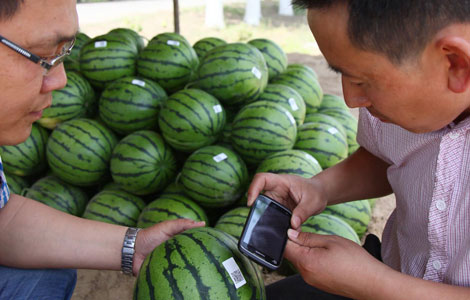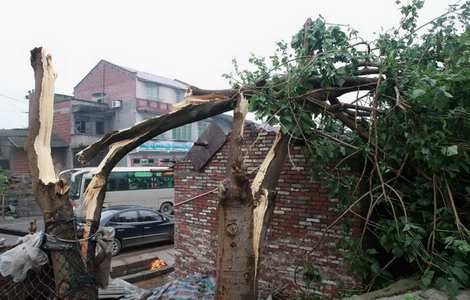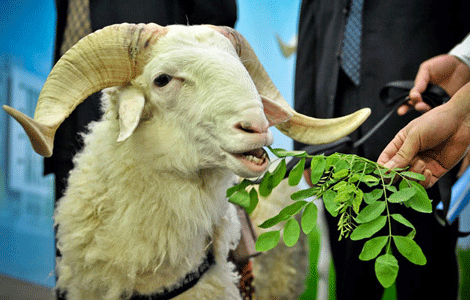
Born and bred in Anji county, Zhejiang province, 40-year-old Ye Haihu has a different definition of "beautiful countryside", a label that made his small, secluded hometown the pride of the nation in 2012.
In September, the 1,000-year-old town became the first county-level town in China to be recognized by the United Nations Human Settlements Programme for its effort to become "one of the world's most green towns".
The last time this town grabbed global attention was at the beginning of the 21st century, when Taiwan-born US film director Ang Lee chose its thick bamboo forest, the largest in China, as the setting for his Oscar-winning Crouching Tiger, Hidden Dragon.
But for Ye, a robust and darkly tanned farmer, the rolling hills blanketed in lush greenery are as common to him as high rises are to urbanites, while "green" or "beautiful" means a solar power system, running tap water and flush toilets, all of which are perhaps as precious and rare in Chinese rural villages as a century-old tree is in cities.
In the 1990s, the county of Anji opted for robust economic growth only to end up with heavy industrial pollution. In 2008, answering the call of the central government to "realize the construction of a new socialist countryside", it decided to return to nature in a modern way, and "build a beautiful countryside".
In 2003, Xi Jinping, then Party chief of Zhejiang, kicked off a program to fight the "messy, dirty and poor environment" of the province's rural areas.
Anji stood out and became a national role model.
"The purpose, or the criteria, of 'the beautiful countryside' is to have the villagers lead a life that is, as the county's name suggests, an (peaceful) and ji (auspicious)," Shan Jinyan, the county head, said during an earlier interview with Zhejiang Daily.
By the end of 2012, a total of 1.79 billion yuan ($287 million) had been invested by the government to improve the infrastructure, including a solar-powered sewage treatment system and 100-percent cement paved road.
"In the old days, villagers could barely walk out of their bedrooms once it rained, as the road could be as muddy as a marsh," said Chen Lisha, a village official in the county.
Now, more than 90 percent of the county's homes have toilets, 95 percent of families have joined the garbage recycling system, and more than 60 percent of the 187 villages use treated water.
The proportion is unusually high for China's rural areas, and it's something that can be replicated in every village in China, according to Peng Zhenhuai, dean of the School of Government at Peking University.
The "beautiful" and "peaceful" environment has also become an economic source for the county. In 2012 alone, 8.7 million visitors were attracted to the place that is home to only 460,000 people, bringing in tourism income of 6 billion yuan. On the other hand, the pristine natural environment allows bamboo and white tea to grow healthily and quickly, becoming another important source of income for the villagers.
In 2006, the average per capita income in the county was 8,900 yuan, while at the end of 2012, it rose to 15,780 yuan, slightly above that of the relatively rich Guangdong province, according to the National Bureau of Statistics.
In Ye's case, his 3,000-square-meter osmanthus tree garden could bring him tens of thousands of yuan in one season, excluding the "extra pocket money" earned from passing tourists who want to spend a night, or have a meal, or enjoy a sip of tea at his beautiful home.
"Farmers of this kind are abundant in this county," said Chen.
Contact the writers at zhangjianmin@chinadaily.com.cn and xujunqian@chinadaily.com.cn







